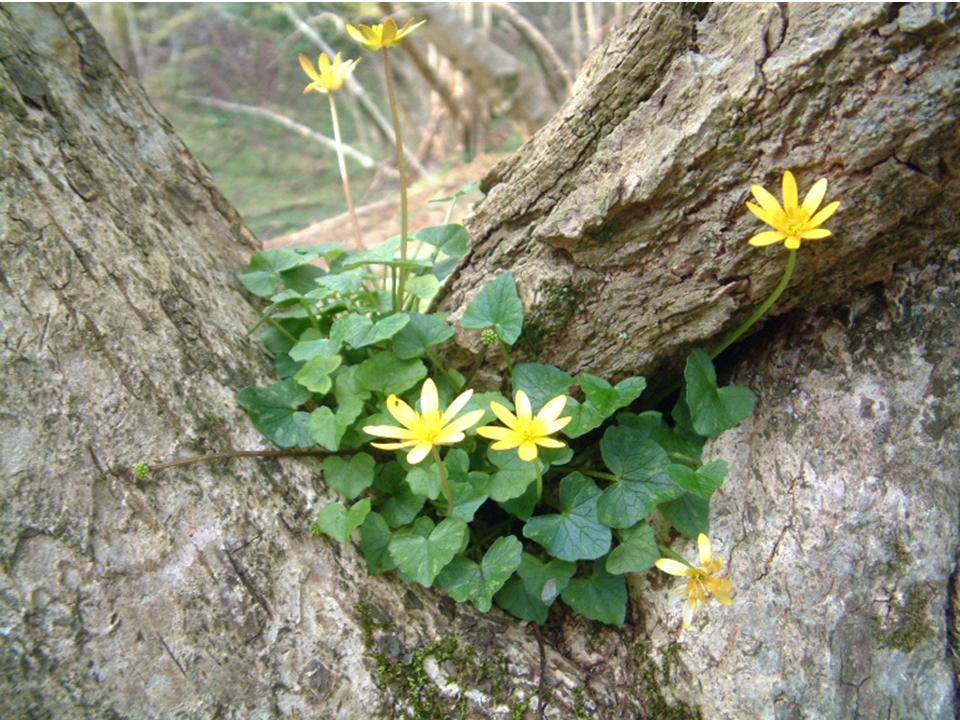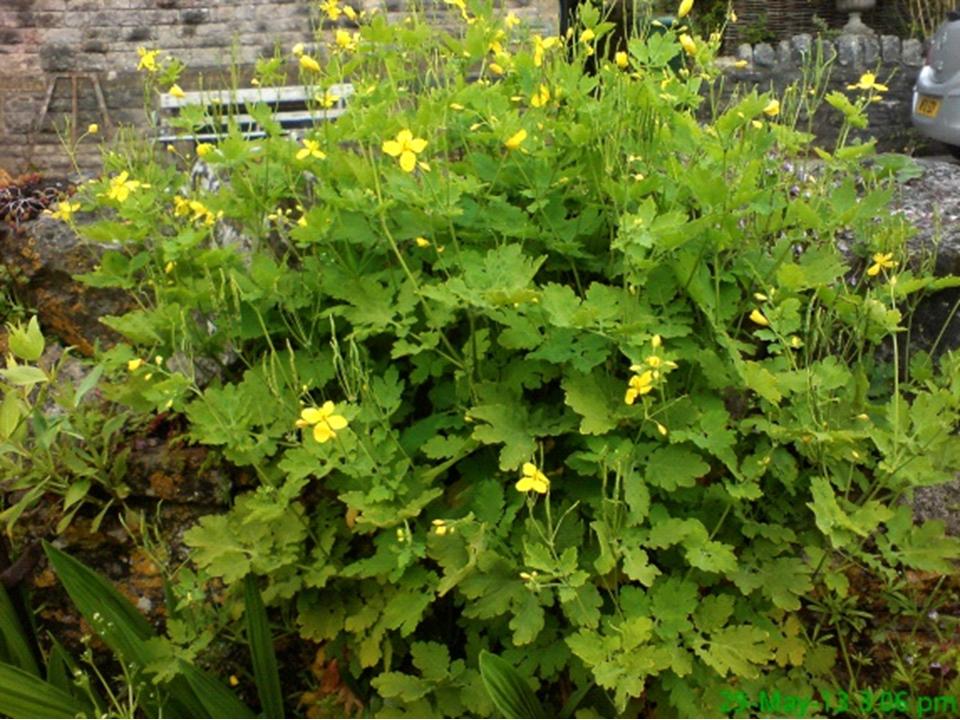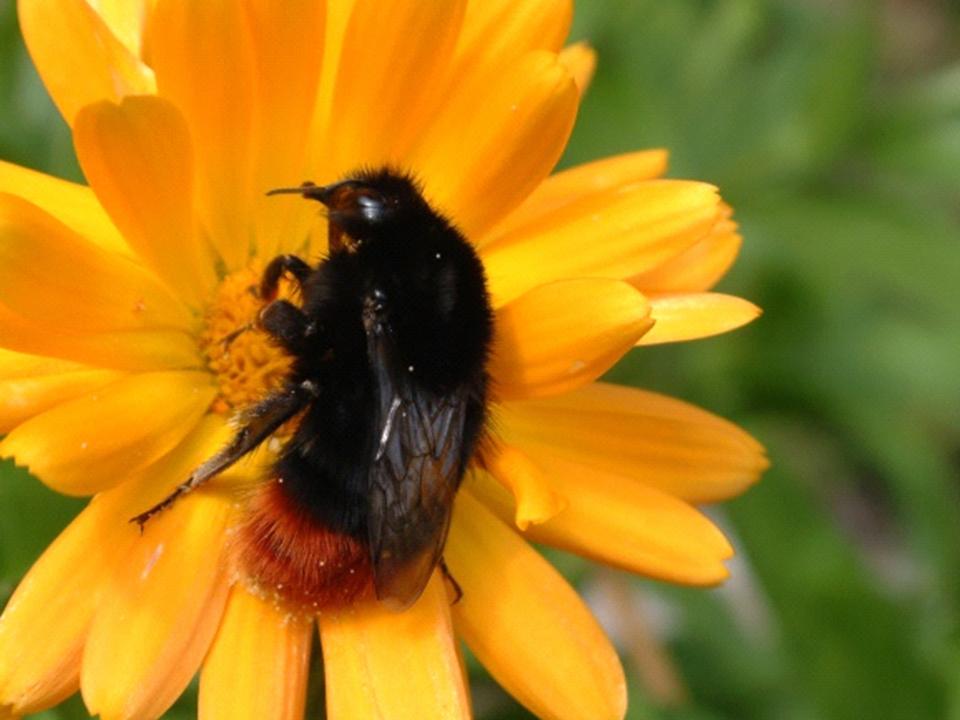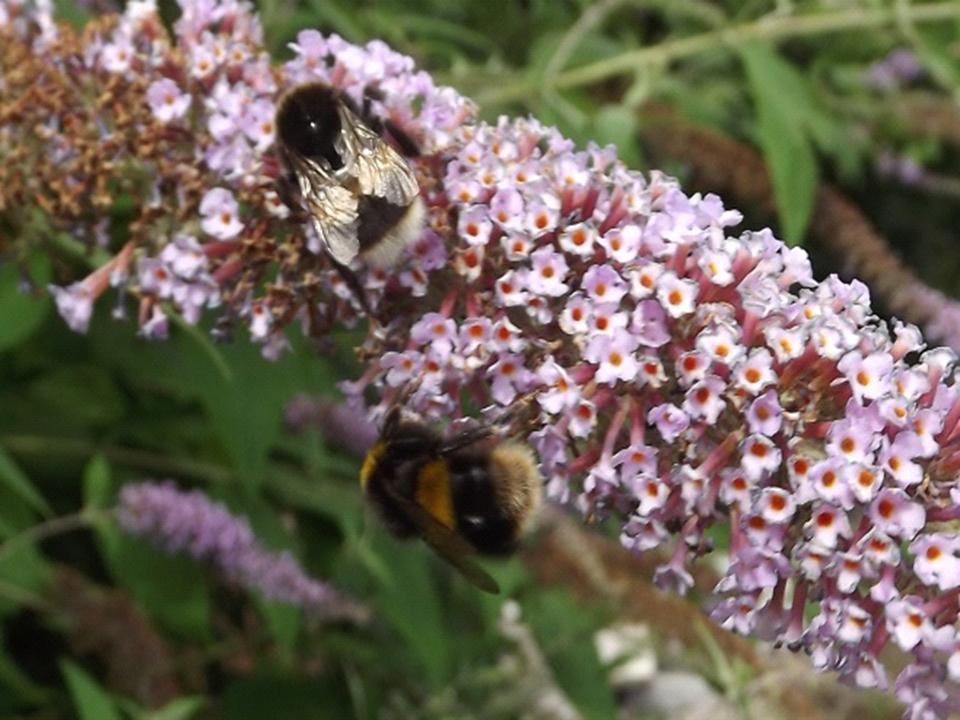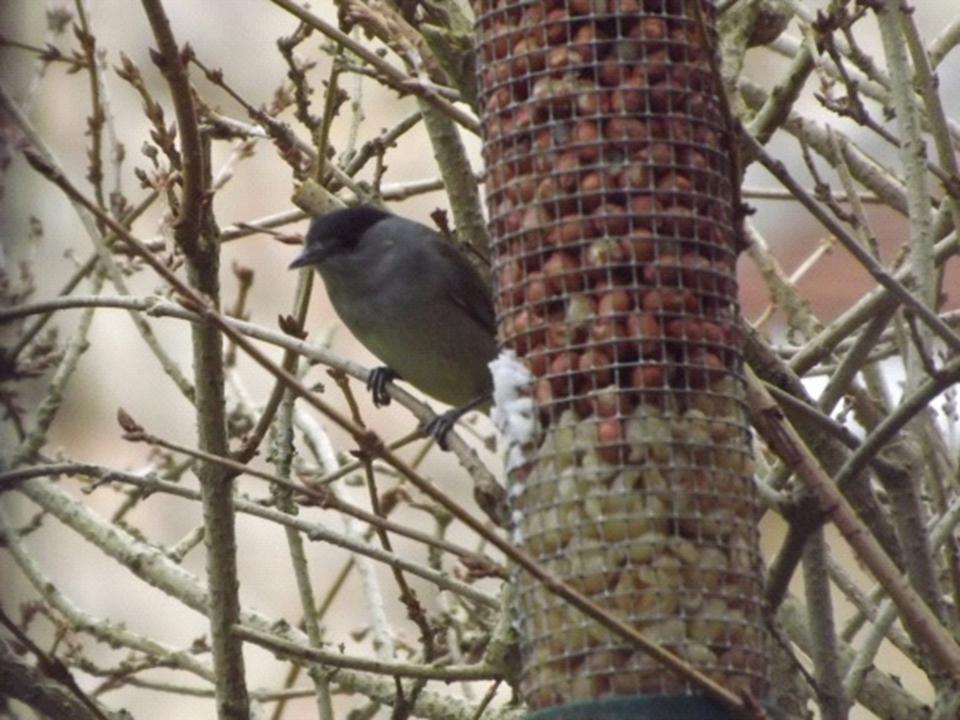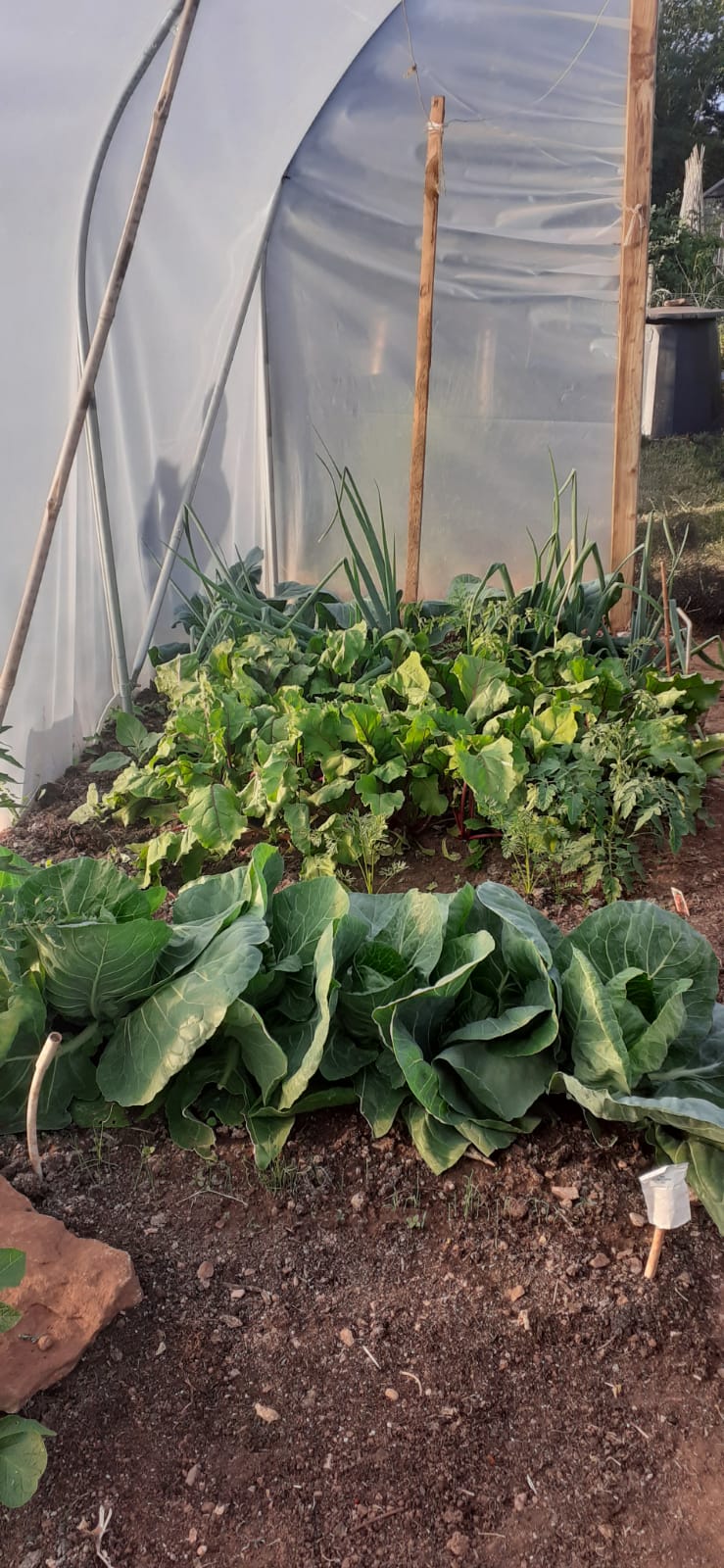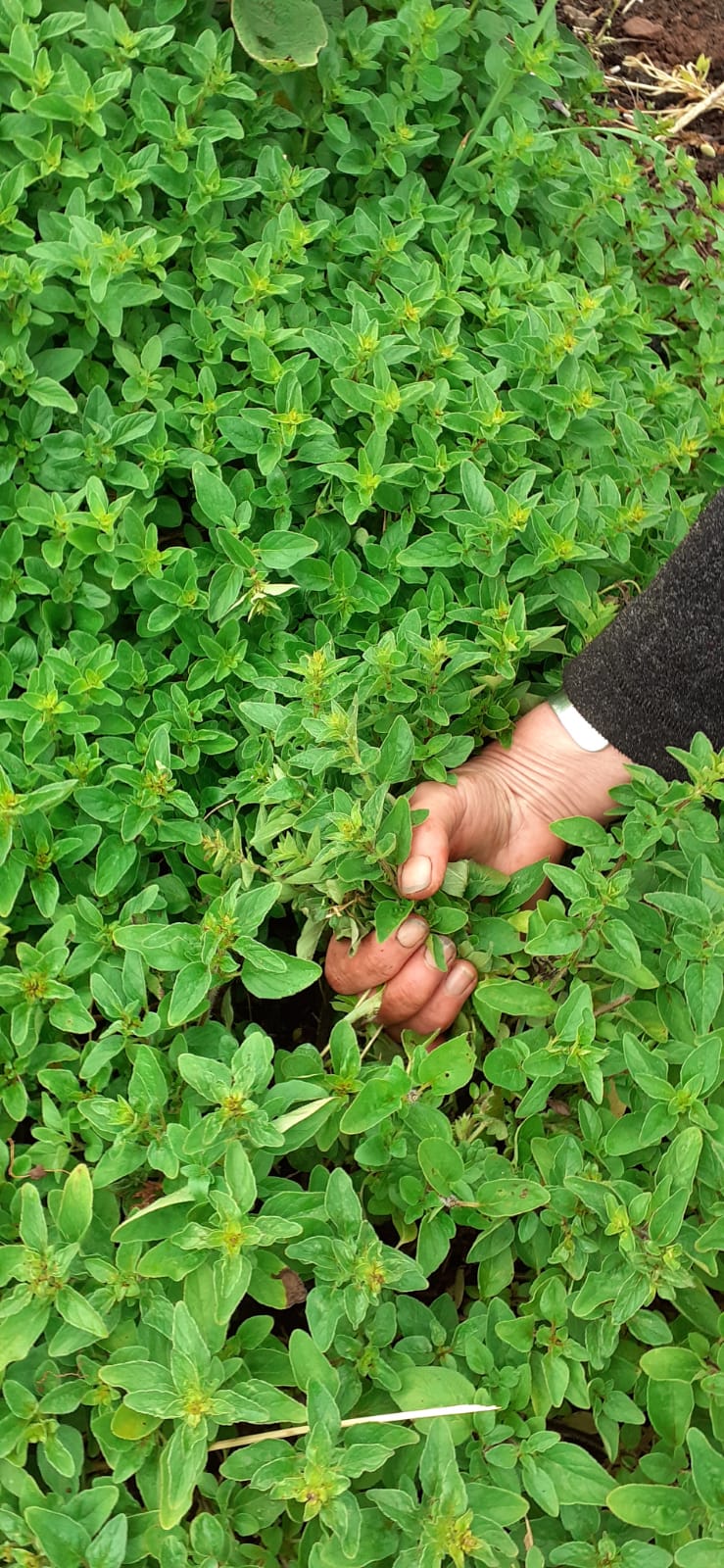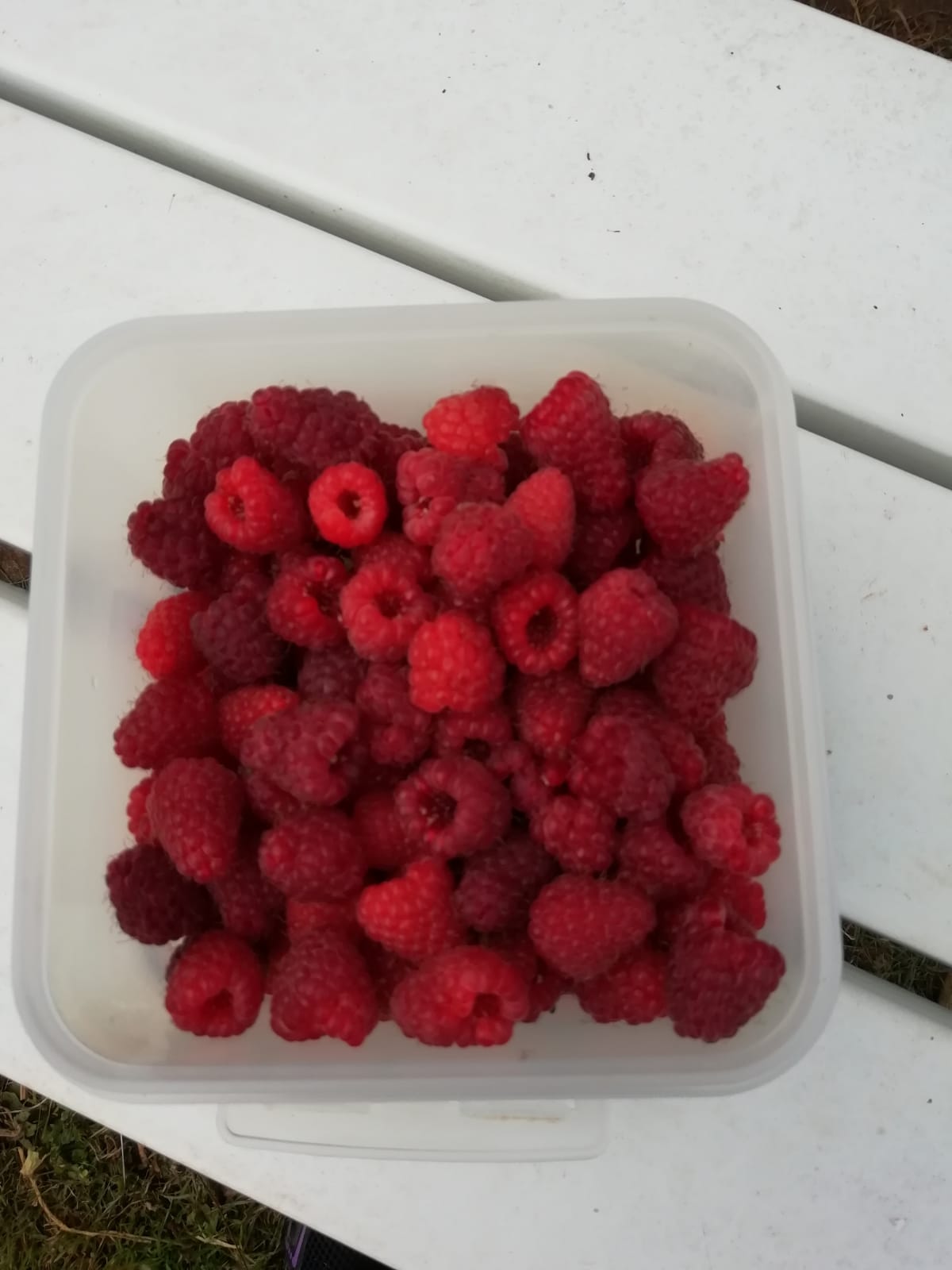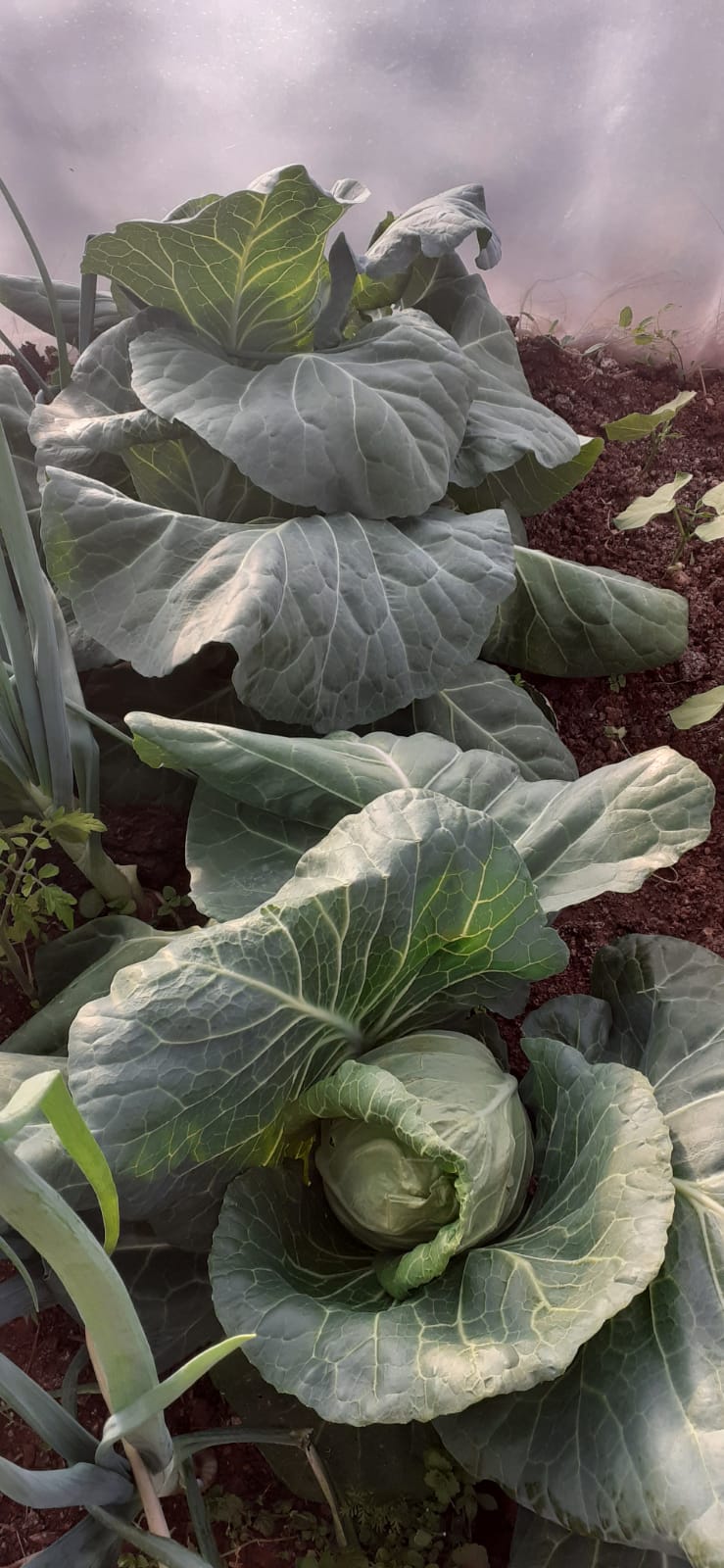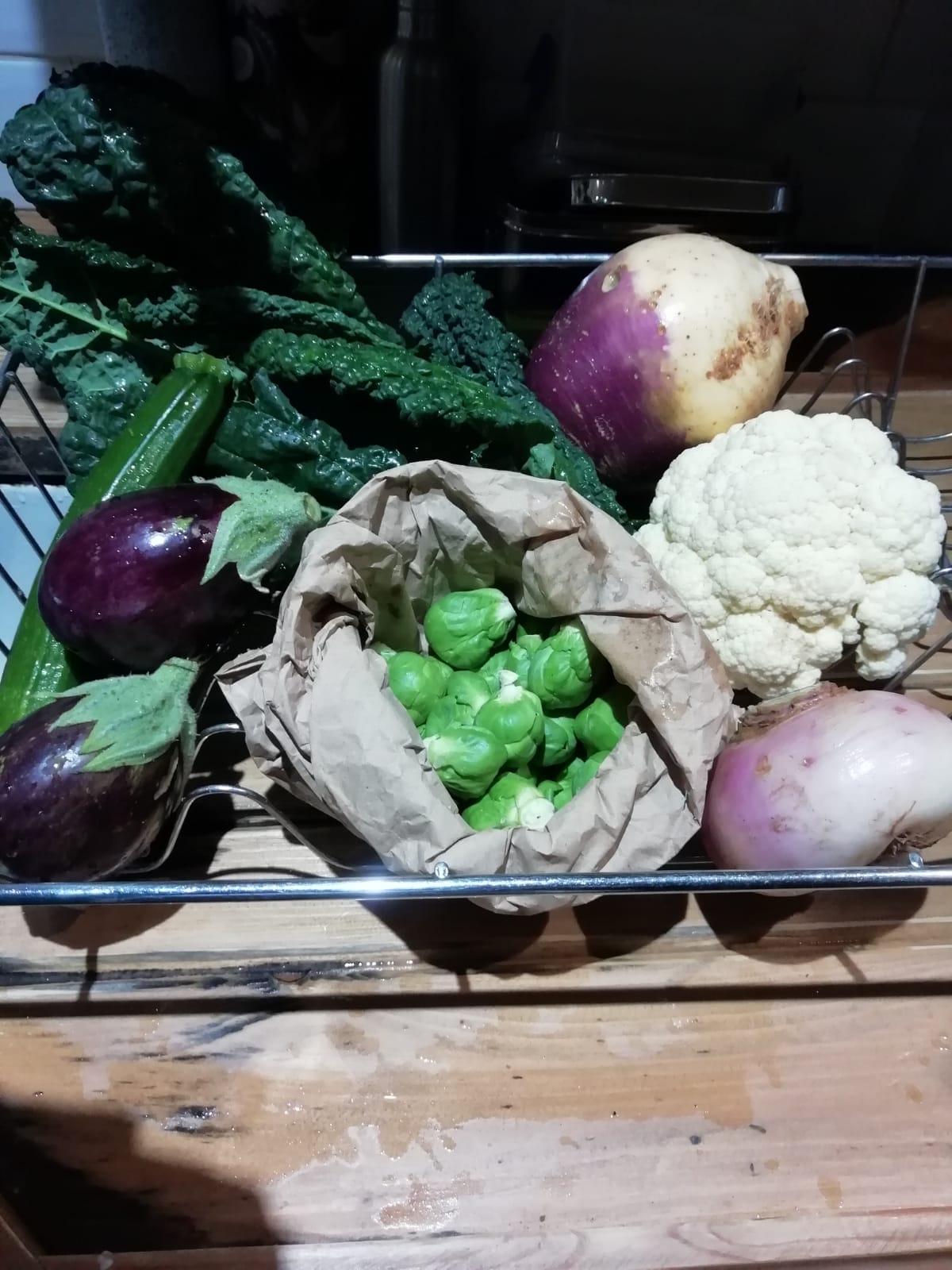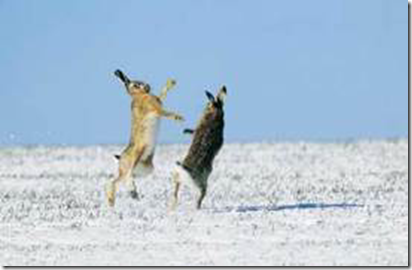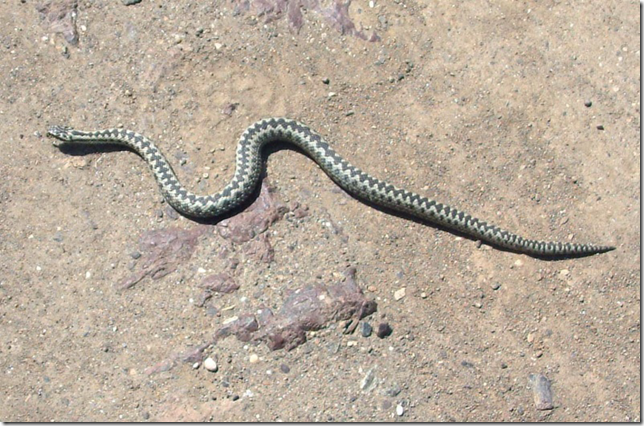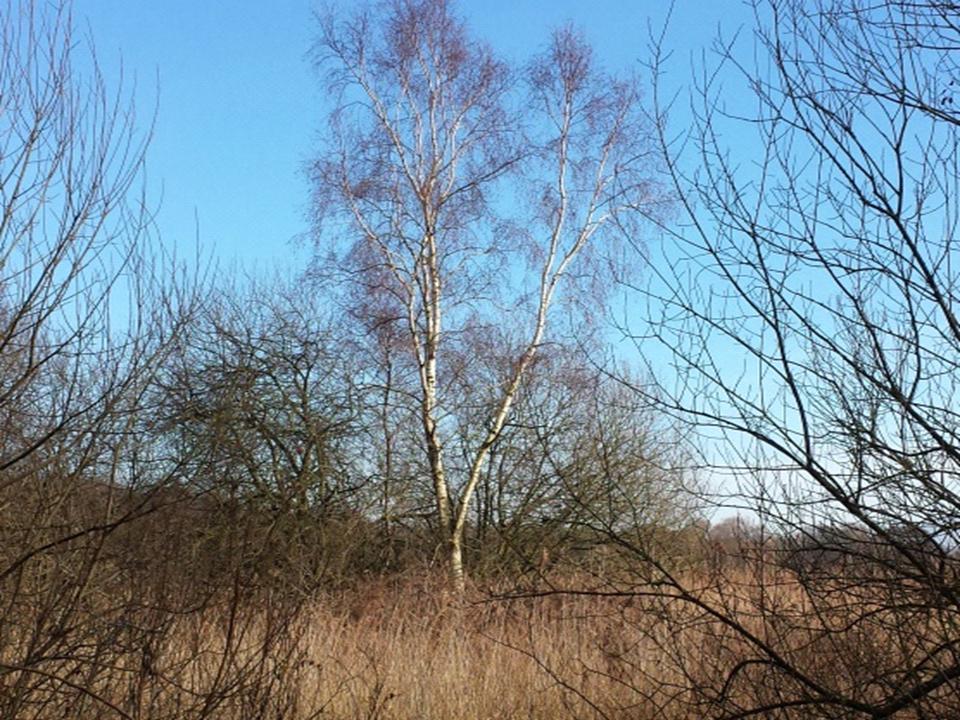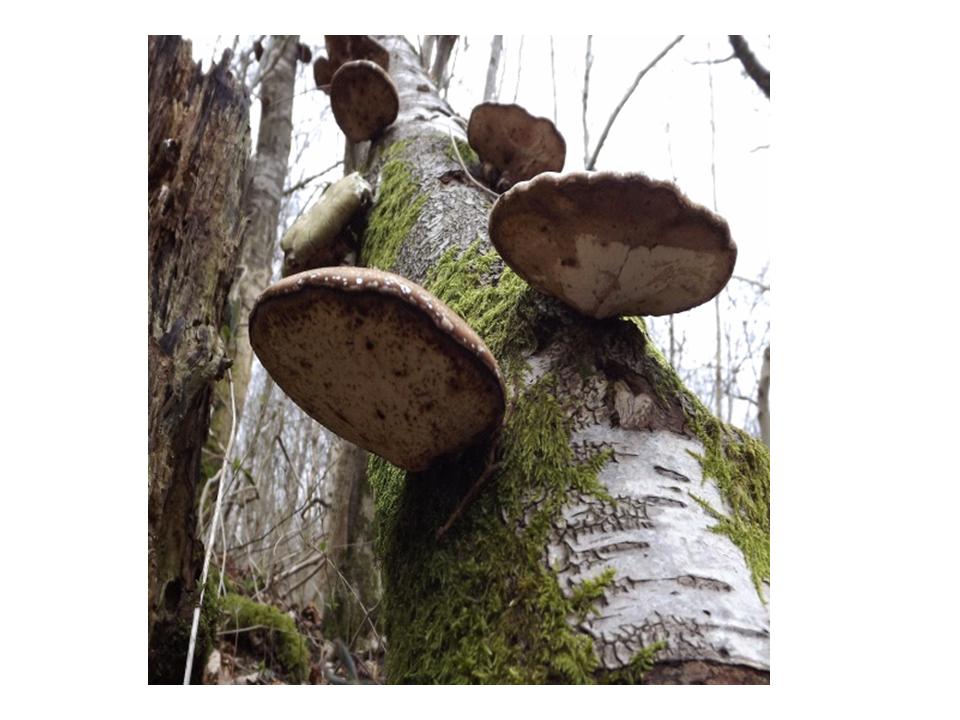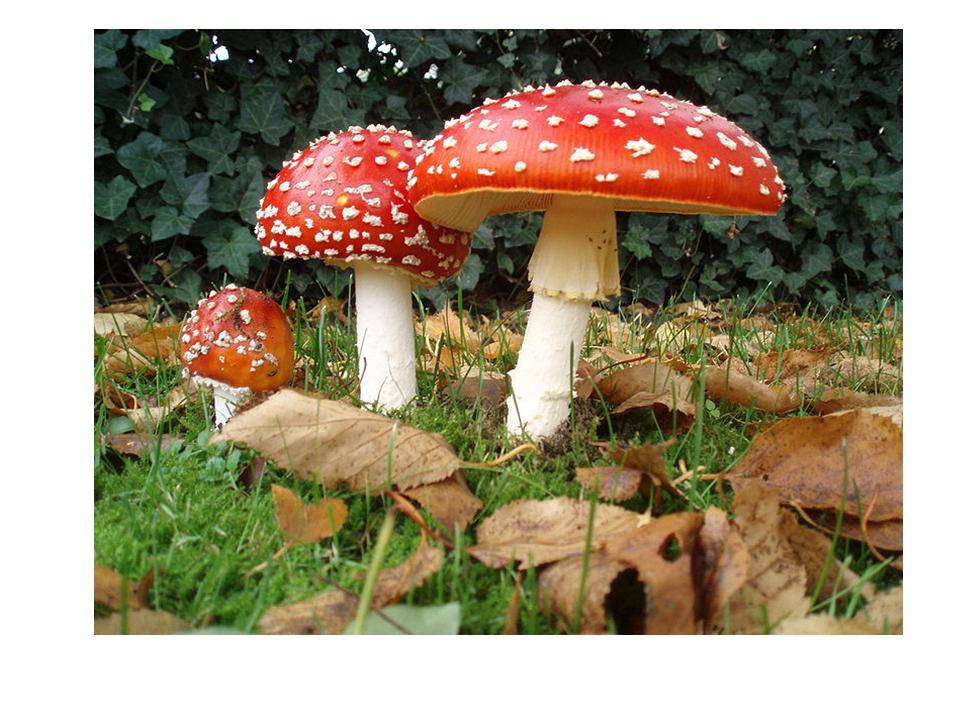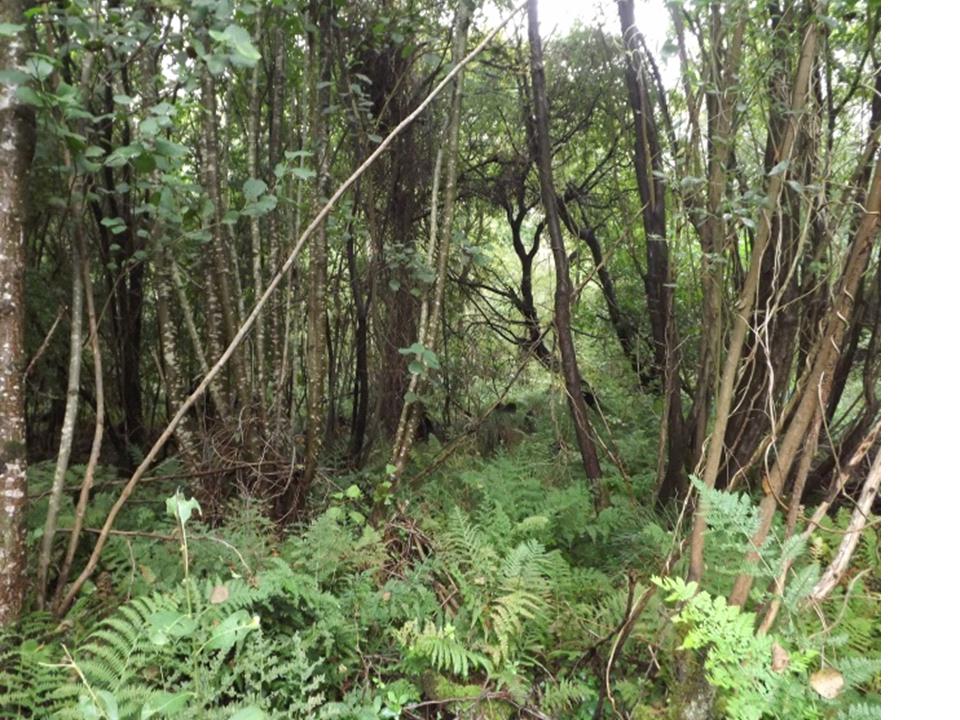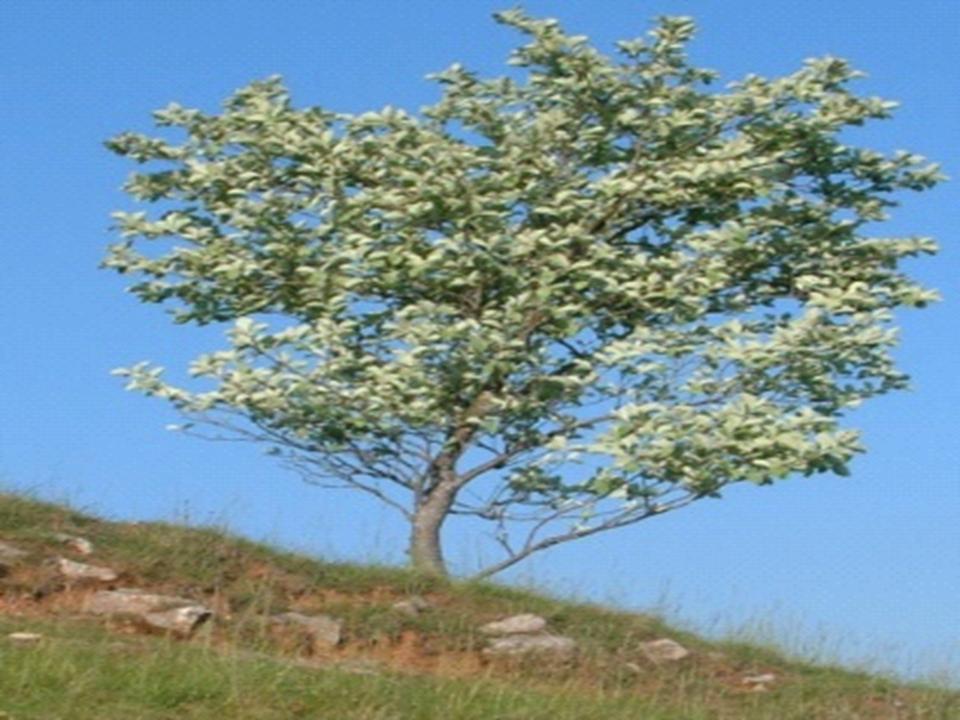Wildlife Notes for April
Robert Browning wrote of longing for an English spring
"Oh to be in England now that April is here!"
It has been a long winter! Ironically the cry is now “Oh to be in England when Lock down will be over !”
He wrote of many English songbirds.
I heard my first Skylark last week, it was such a joy, an uplifting of the spirit.
How much poorer would our present isolation be if it wasn’t for the seasonal events of the natural world we have to look forward to.
Why are so many once common birds now so scarce?
Many reasons, and sadly all to do with us humans; loss of habitats, too many intensive chemicals, continual disruption, modern farming practices. Once wildlife numbers go down beyond a certain level then the trend is almost unstoppable.
Skylarks for instance. When a field has 30 nests in it and fox or a carrion crow wandered in the whole field would erupt.
A predator would have a whole flock to contend with and often would be driven off. Now with just one nest a fox can take its pick.
I said ’almost’. There is, at last, a trend towards ‘Re-Wilding’ – even hardnosed farmers are looking at how they can profit from wildlife. There are examples in Somerset Knepp estate in Sussex is a fantastic example. (if you haven’t heard of it – look it up it up - it is a revelation).
Only 20 years ago it was 3500 acres of standard intensive farmland - it is now full of the species of my childhood - turtle doves, nightingales, peregrine falcons and purple emperor butterflies - and species I could only dream of such as White Storks!
And farmers take note - it makes a profit!

There will always be a vital place for conservation bodies like the SWT, but now with farmers and other land owners are looking at ‘Rewilding’, we can work alongside them and at last see a reversal of the downward spiral in the numbers and quality of our wildlife.
We have, of course already very special wildlife in Somerset . I have spent a lot of time in recent years looking at our Somerset butterflies, and actually started two butterfly monitoring ‘transects’ on the Mendips where we have such special species as Small Peal-bordered Fritillary, Green Hairstreak, Grizzled Skipper and Chalk hill Blue.
In April I and many other volunteers start a summer of butterfly recording. So with this and so much else happening in the fields I will leave my next wildlife notes till the autumn. Let’s hope by then we will see a healthier future for wildlife and for us humans.‘.
Sincerely
Les Cloutman
PS Please keep your wildlife questions coming. I am always delighted to hear from you.


